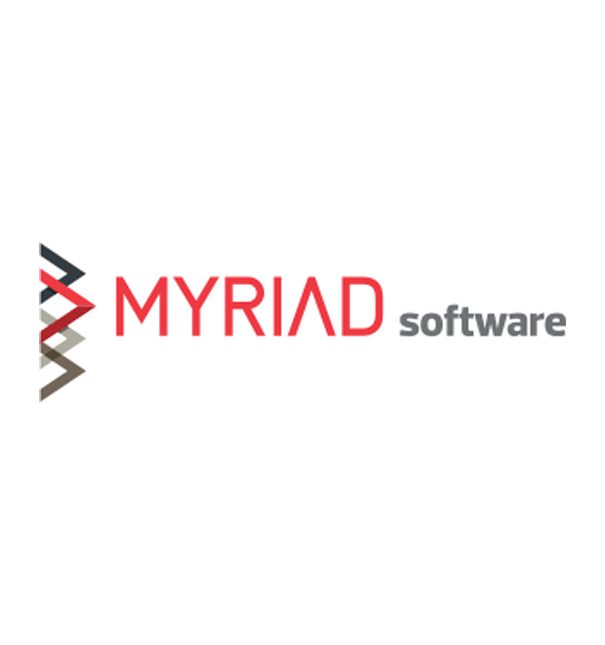Defining Roles, Purpose, and a Path to Leadership
Bringing a son, daughter, or younger family member into your retail furniture business can be rewarding and challenging. There’s pride in continuing the family legacy and hope in watching a new generation step forward. But without the right structure, what starts with excitement can quickly lead to frustration—for you, your employees, and your rising leader. The question is: How do you set up the next generation for real success in your store, not just give them a title?
Success Begins with Clarity
Many family-owned retailers put guidelines in place before a family member joins the business, such as requiring outside work experience, degrees, or an entry-level starting point. These are important, but they’re not enough on their own. What’s often missing is a clear plan for integration. Younger family members occasionally bounce between departments or “help out” without a defined role, but never get true ownership. This leaves them without measurable contributions and makes other employees question their purpose in the company. Over time, enthusiasm fades, and what should have been a growth opportunity becomes a source of tension.
The better path is built on role clarity, purposeful contribution, and strong connections.
Why Role Clarity Matters in Retail
In a busy furniture business, it’s tempting to assume that exposing a family member to different areas is enough. But inclusion isn’t the same as integration. Real development comes from clearly defining how and where they will add value.
Picture this: your rising leader returns after working for another company. You have them shadow the sales floor manager and attend vendor meetings. Six months later, they’re still unsure what they’re responsible for, and your team doesn’t know whether to treat them as a manager, a trainee, or just “the owner’s kid.” This lack of clarity erodes confidence and credibility.
Common pitfalls when clarity is missing include:
- Undefined roles that delay credibility
- Resentment from employees who don’t understand the family member’s place
- Confidence gaps for the rising leaders themselves
- Passive participation instead of meaningful impact
Without clear, measurable outcomes, leadership identity remains out of reach.
How to Create Role Clarity and Define Success in Your Store
Clarity means more than outlining tasks. It’s about ensuring the role is connected to business goals, acknowledged by leadership, and the family employee is equipped with the tools and feedback for success.
Here are ways families can build that clarity:
-
Define the Role with Intention
Write a job description, even if it’s for a developmental role. Include responsibilities, reporting structure, decision-making authority, and evaluation criteria.
Consider project-based roles that connect to real business goals. For example:
- Leading a customer experience initiative on the sales floor
- Managing the rollout of a new delivery process or service offering
- Overseeing an e-commerce or digital marketing pilot
This way, the role becomes a proving ground rather than a placeholder.
-
Connect Tasks to Purpose
People are motivated when they understand how their work impacts the bigger picture. Tie their responsibilities to your store’s strategic goals: improving operations, enhancing customer service, building brand awareness, or driving sales growth.
-
Define What Success Looks Like
Set clear milestones. For example:
- Improving average ticket size through a new sales training program
- Rolling out a new vendor partnership and presenting results at a leadership meeting
- Building a customer feedback loop that improves product selection
These outcomes aren’t busywork; they’re tangible contributions that prove value and build credibility.
Building Credibility Through Contribution
The fastest way for a rising leader to gain respect in your store is through ownership of real initiatives. Whether leading a seasonal sales campaign, managing a cross-department project, or building relationships with vendors, giving them a project to own fully allows them to show initiative, apply judgment, and demonstrate results.
Your employees will take notice when they see that the next generation isn’t just in the business by name, but by contribution.
A Real-World Example: From “Extra Hands” to True Impact
Take the example of a third-generation retailer who entered the business with a vague role of “special projects.” She floated for months without a clear direction, leaving her and her coworkers frustrated. Eventually, ownership redefined her role: she was tasked with improving delivery efficiency, given a team, and clear performance metrics.
Within six months, she had streamlined key workflows that saved money and improved delivery times—a real win for the business and her credibility.
The lesson? Clarity and ownership transformed her from an “extra set of hands” to a leader making a measurable impact.
The Role of Mentorship, Feedback, and HR
Beyond role design, rising leaders need:
- Mentorship: Someone other than a parent to provide guidance and perspective.
- Feedback: Honest input from both family and non-family employees.
- HR support: Onboarding and evaluation processes that treat them like any other team member, ensuring accountability and fairness.
Bridging Generations Through Thoughtful Integration
Preparing the next generation for leadership isn’t just about protecting your business; it’s about preserving your family’s legacy. Leadership in a retail furniture store isn’t inherited; it’s earned through contribution, clarity, and trust.
One practical step is to hold regular family business meetings where the next generation can learn about the company’s financial health, customer strategy, and long-term vision. This helps them understand what decisions are made and why they’re made.
When you give your rising leaders meaningful opportunities to contribute, you’re not only preparing them for ownership but also showing them what it takes to be true stewards of the business you’ve built.













